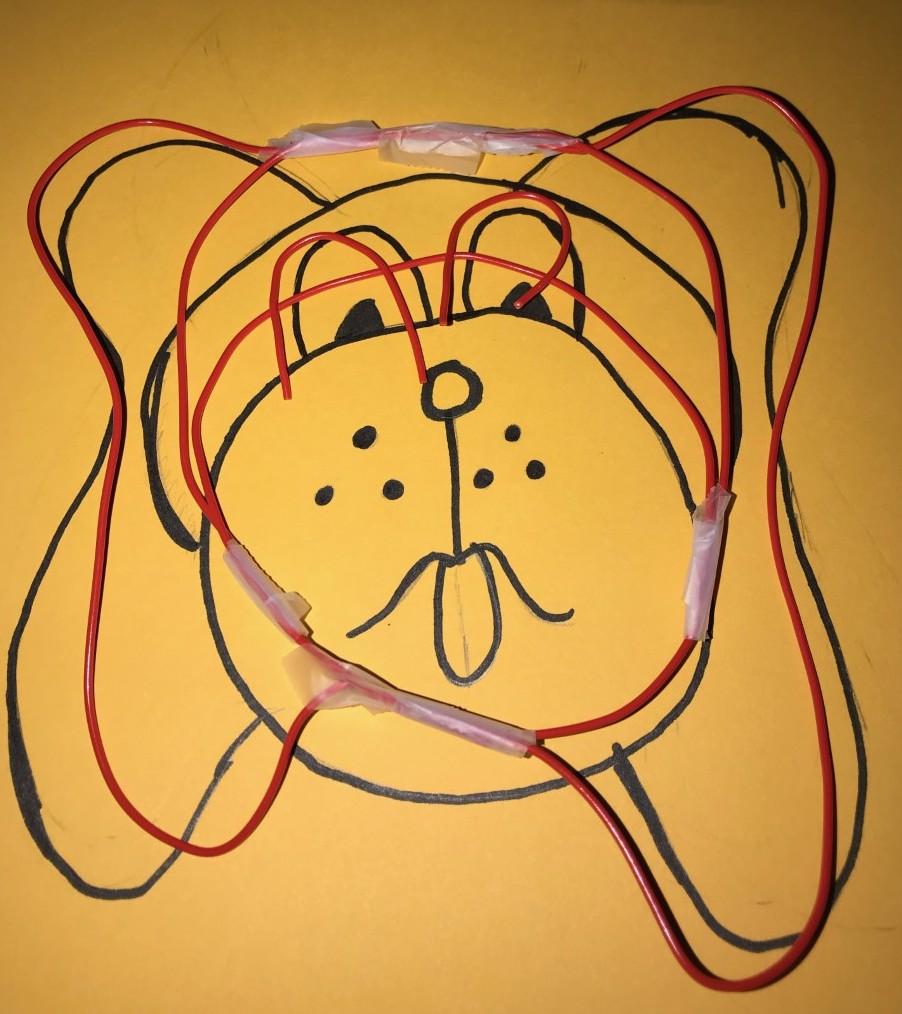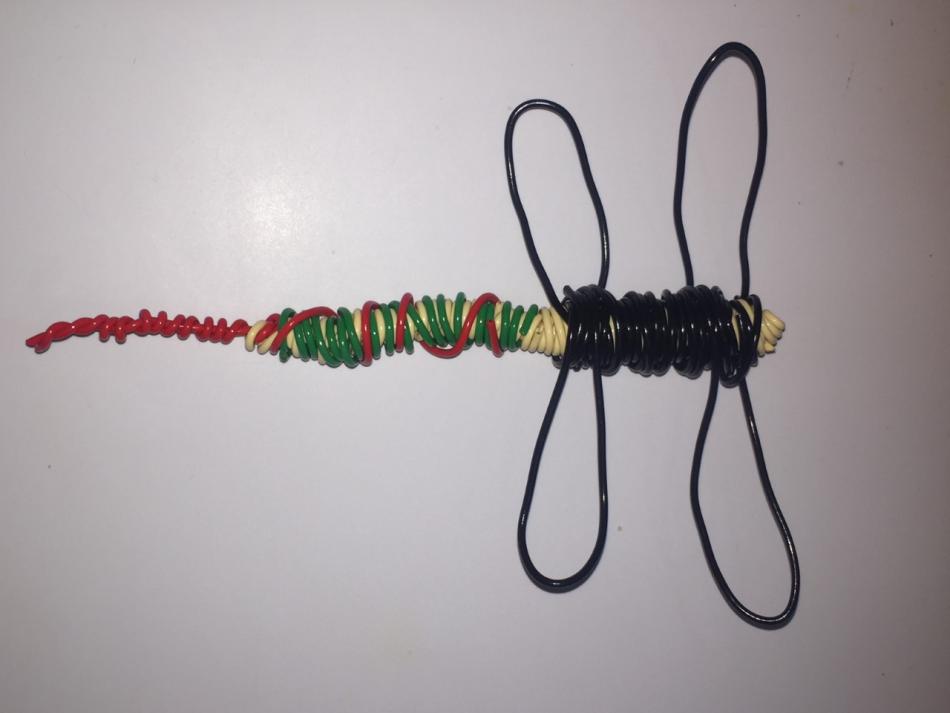Louise Bourgeois made many sculptures of spiders. Some are just a few inches tall (as big as an apple) and some are over thirty feet tall (as big as a building). To the artist, the spider—patient and protective—was a symbol for her mother.

Language
Look
What five words would you use to describe this sculpture?
How many legs does it have? Count them.
Imagine if this sculpture came to life. How would it move? How might people react to it? What do you think the spider would want to do?
Read
The Itsy Bitsy Spider
by Maddie Frost
The story of the classic children's song.
La pequeña arañita
by Chad Thompson
The story of the classic children's song, translated into Spanish.
Cloth Lullaby: The Woven Life of Louise Bourgeois
by Amy Novesky and Isabelle Arsenault
This book offers the biography of Bourgeois and tells the story of her close relationship with her mother.
Make: A symbolic sculpture
You Will Need
- Paper
- Pencil
- Lightweight wire
Think of an important person in your life—a family member, teacher, friend, or even yourself! What makes that person special? What words would you use to describe that person? What do they like to do?
Now think of an animal or creature that shares one or more of those special things that remind you of your important person. Like Louise Bourgeois, you can use an animal as a symbol to represent that person.
Before you begin working with the wire, you might want to draw your animal or creature with your pencil and paper.
Then, carefully bend and twist the wire to create a sculpture of your animal or creature. Try wrapping or coiling the wire around a pencil to make its rounded parts.
Display your sculpture so that you can see all of its sides, or use string to hang it in the air. What will you call it?
Vocab Bank
- coil
- protective
- represent
- sculpture
- symbol
Download
Art Tales: Coloring and Cut-Outs booklet (PDF, 3.5 MB)
Art Tales for Pre-K (PDF, 7.2 MB)
Primeros Pasos En El Arte (PDF, 7.5 MB)
Primeros Pasos En El Arte: Colorear y Recortes (PDF, 3.7 MB)
Visit
Register for the Art Tales pre-K school tour
Submit Student Work
Send images of your students' projects that follow these activities - email [email protected]
You may also like

Educational Resource: Art Starters: Claude Monet
A lesson for preschool to kindergarten students about artist Claude Monet’s painting The Artist's Garden at Vétheuil. Students learn how to look at this painting, what you can read to learn more, how to draw a garden, and a list of vocabulary terms related to this activity.

Educational Resource: Art Tales: Alma Thomas
A lesson for preschool to kindergarten students about artist Alma Thomas’ painting Pansies in Washington. Students learn how to look at this painting, what you can read to learn more, how to create a color square, and a list of vocabulary terms related to this activity.

Educational Resource: Art Starters: Joan Miró
A lesson for preschool to kindergarten students about artist Joan Miró’s painting The Farm. Students learn how to look at this painting, what you can read to learn more, how to create a collage, and a list of vocabulary terms related to this activity.




